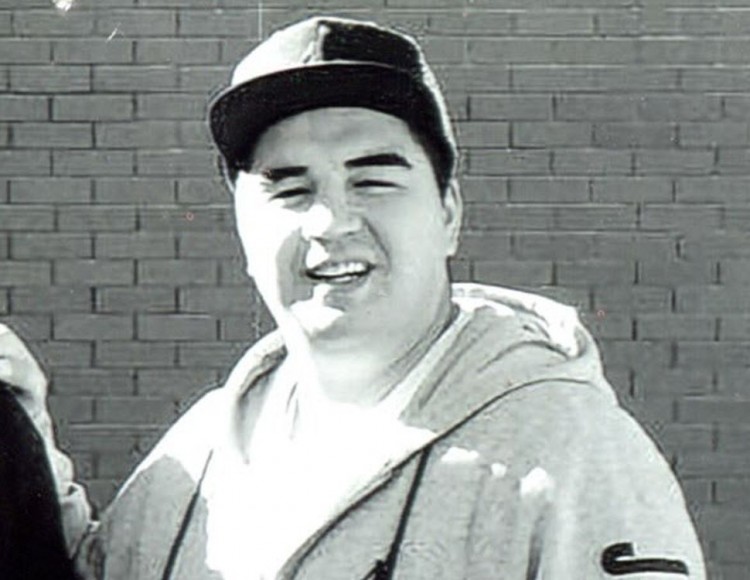Jury problems continue at murder trial

After a juror was excused Tuesday morning at the second-degree murder trial for the woman accused of killing Justin Crowe, the judge called for a rarely used procedure in which potential jurors are pulled in from the street.
The jury selection process for 23-year-old [the Accused]’s trial was plagued with problems from the start. It hit a major snag Monday when 35 potential jurors didn’t show up as directed by their summonses, leaving the court with too few people for a proper selection.
The issue was eventually addressed Monday and a jury selected, but on Tuesday morning, a further problem arose when a juror had to be excused. Reasons for the person’s departure were not provided to the jury, although Justice Jeff Kalmakoff said there had been no improper conduct.
The remaining jury pool having been released Monday, that left the court with the question of what to do, given the desire to start the trial with a full 12-person panel.
The answer came in the form of a rarely used writ called “talesman,” which allows the court to order bystanders to serve on a jury. Kalmakoff ordered that the Sheriffs’ Office go out, find 12 people and issue them with summonses.
At 2 p.m., the last-minute potential jurors attended court and a final juror was picked.
According to a Ministry of Justice spokeswoman, this measure is used infrequently in Saskatchewan and there are no statistics tracking how often it has been employed.
After Kalmakoff provided opening instructions to the jury, Crown prosecutor Mitchell Miller launched into his case, providing the jury with a summary of the Crown’s theory.
Miller said the Crown intends to prove 27-year-old Crowe died during a party that ended up at his father’s house on the Piapot First Nation on Oct. 26 and 27, 2015. It’s alleged [the Accused] fatally stabbed Crowe in the heart.
Miller said the jury might hear evidence through [the Accused]’s lawyers Ian McKay and Heather Ferg, or the accused herself, that she was acting in self-defence. But, Miller said, it’s the Crown’s view such a defence cannot be made out.
“The Crown intends to prove that the accused acted in such a manner as to intentionally wound Mr. Crowe, thus causing his death,” Miller said. “The grave injury that was caused to him was neither a necessary act of self-defence nor was it a proportionate response to any possible threat she could have perceived that night.”
Miller told the jury he intends to prove [the Accused] “hastily resorted to an act of violence” without justification.
The Crown called two witnesses on Tuesday afternoon, including RCMP Const. Nathan Bruce, who was one of two officers initially called to the scene. Bruce said he found Crowe outside the house, already dead.
Next to the body was a woman Bruce described as hysterical, who identified the person who stabbed Crowe as “[the Accused].” She and a man at the house said the woman who stabbed Crowe had left with one or two others, Bruce said. A canine unit was called in to do a track.
Bruce also described locating a large kitchen knife in the backyard, and said the two witnesses on scene told him that was the knife used.
REGINA LEADER-POST
Written by: Heather Polischuk
Past results are not necessarily indicative of future results and all litigation outcomes will vary according to the facts and circumstances of each individual case.